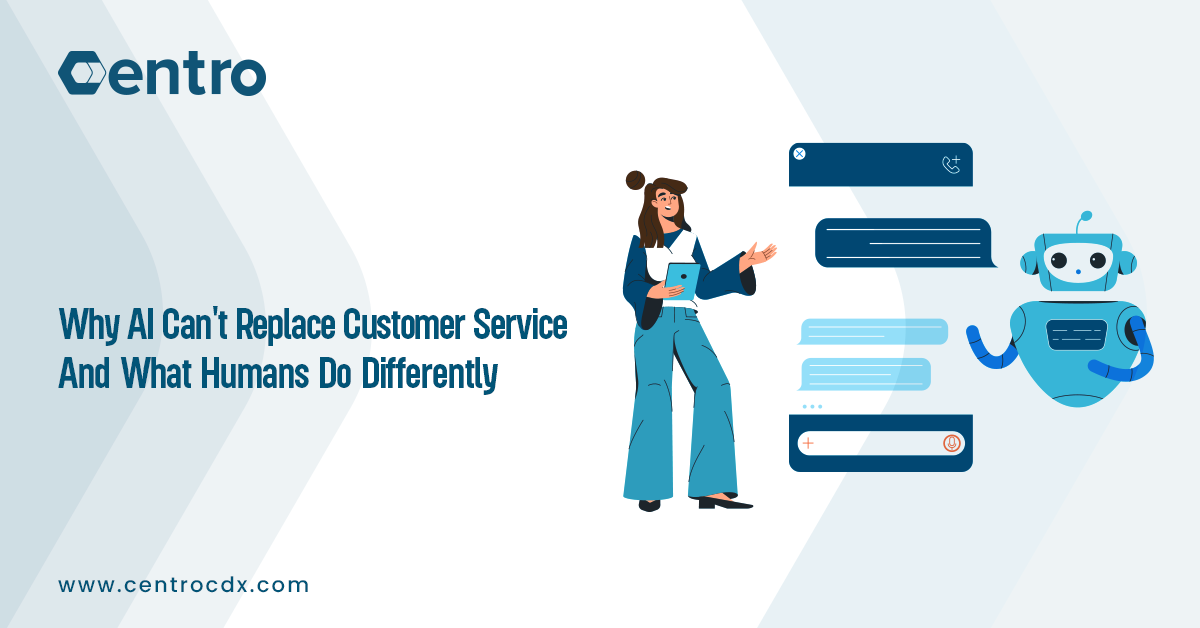

How Can a Global Call Center Completely Shift to Working Remotely in ONE WEEK!
All over the globe, businesses are going through a critical time with COVID-19 threatening their profitability and revenues. Our unity and strategic initiatives with our clients to closely monitor the situation kept us well-informed and ready to overcome any unusual business challenges.
As we are witnessing unfortunate countrywide lockdowns, officials asking nations to practice social distancing and self-isolation, it was inevitable for several businesses to experience revenue drop, or even shut down completely. Our primary approach was to balance between safety, remote work, and business continuity. Centro leaders worked hand-in-hand across all sites to exchange critical data, updates, and best practices to shift all on-site operations to work-from-home in just one week. Our global presence’s adaptability and bold actions sat the perfect example for other outsourcing companies that are trying to maintain safety without threatening their business operations.
“This is a huge accomplishment to have an entire global call center transition to working from home in such a short timeframe. Centro was the first call center (specifically in Egypt) to support working from home and was so ready to implement this decision early.”
~Sean Farag – CEO
Here’re some of the main pillars we focused on to ensure a smooth and successful transition from our on-site operations to working-from-home:
Maintaining Data Security
“To decide whether we can apply work-from-home or not, our two major challenges were data security and ensuring our teams are well-equipped to work with full functionality from home.”
~Abey ElSayed – IT Manager
Setting up a Global Call Center to work remotely is not an overnight job. It requires time and effort — but more importantly, investment and budget. Accordingly, the IT team took all the need procedures to prepare Centro’s IT infrastructure to accommodate working remotely.
And Here are some of the most critical approaches that were taken to mitigate any risks:
- Raising the employees’ awareness with the necessary security knowledge
- Providing VPN access to secure data as it moves between the core systems and the employees
- Provisioning security protection to make sure up-to-date security protection is installed and active on all remote devices
- Ensuring that all software is updated and upgraded to the latest version supported under the company’s security policy
- Using secured and approved cloud services for protected communication and data transfer
- Executing backup plans to ensure importing and exporting data easily and safely
Communication is Key to Successful Project Management
Competent and responsive communication between our IT, Service Delivery, and Project Management teams was the reason behind their diligence in enabling the transition to work-from-home capabilities at Centro to function efficiently.
“Thankfully, due to everyone’s hard work, we are conducting business as usual without skipping a beat! This resulted in our clients being also operational and extremely appreciative.”
~Sean Farag – CEO
Not only did we ensure positioning the right systems and tools to shift from in-office to remote working effectively, but we also maintained clear and transparent communication with our clients regarding our strategy and plan to contain the situation. Consequently, our clients were impressed that we were two steps ahead and that we immediately took those steps to ensure the business’ continuity.
Remote Management While Maintaining Our Quality Standards
To ensure business continuity for our clients and maintain the proper social distancing, we made sure that all the supervisors who’re currently working from home excel at remotely managing their teams. Our employees’ understanding and sense of ownership and responsibility made it easier for us to do the shift and ensure adherence to the projects’ deadlines.
We’ve been able to outline robust business continuity plans and recommendations through maintaining our quality standards, and tracking performances and results through several procedures that include:
- Setting up several online conference channels for our employees to be able to communicate smoothly and stay on track
- Ensuring that all our calls and interactions were 100% monitored to ensure optimum quality
- Checking performance four times per day to ensure achieving the daily productivity target as well as adhering to all quality measures
Project Implementation Phases
During this time, we are supporting our communities across the globe through initiating an awareness campaign under the name of “Together We Will Prevail” as well as encouraging all outsourcing call center companies to follow the same agile work-from-home process with the following four phases:
Phase 1: Practicing On-site Simulation
On-site simulations were made, and online coaching sessions were held to measure their effectiveness. Our success criterion was 50% of the operations to be working from home.
Phase 2: Ensuring Full Functionality from Home
Equipping our team to be able to work from home with full functionality was the next step. Voice clarity with no background noise testing took place to ensure the quality of the service provided from home.
Phase 3: Setting Timelines and Compatible Functions
To make the remote operations effective immediately, we ensured that the timelines to finalize projects were clear and that all the laptops and PCs used from home are set with functioning tools and software compatible with the tasks required from them.
Phase 4: Reaching 100% Operational Functionality
After ensuring that operations have been shifted 100% efficiently, it was now the time to ensure that our IT Support Team is ready to receive any concerns that our employees might have and be able to remotely support them to solve any technical issues that might arise while meeting their SLA.


